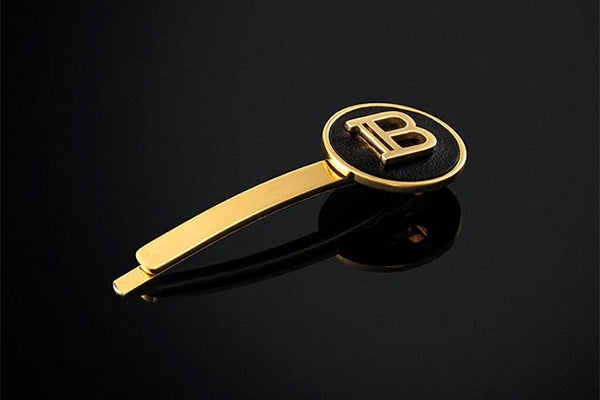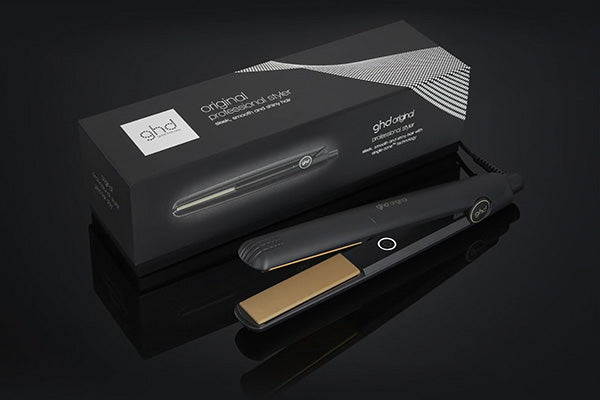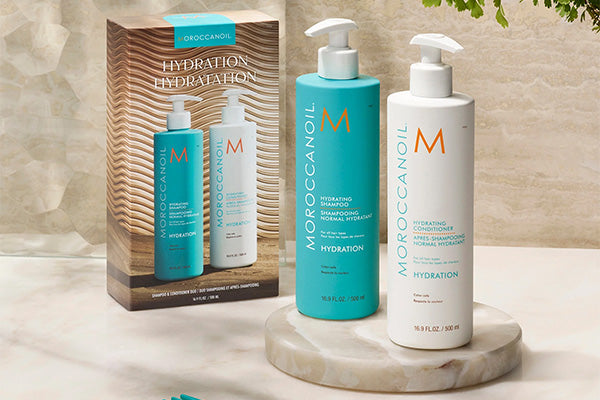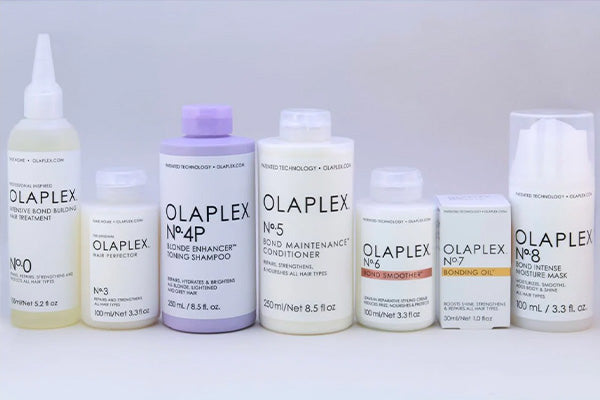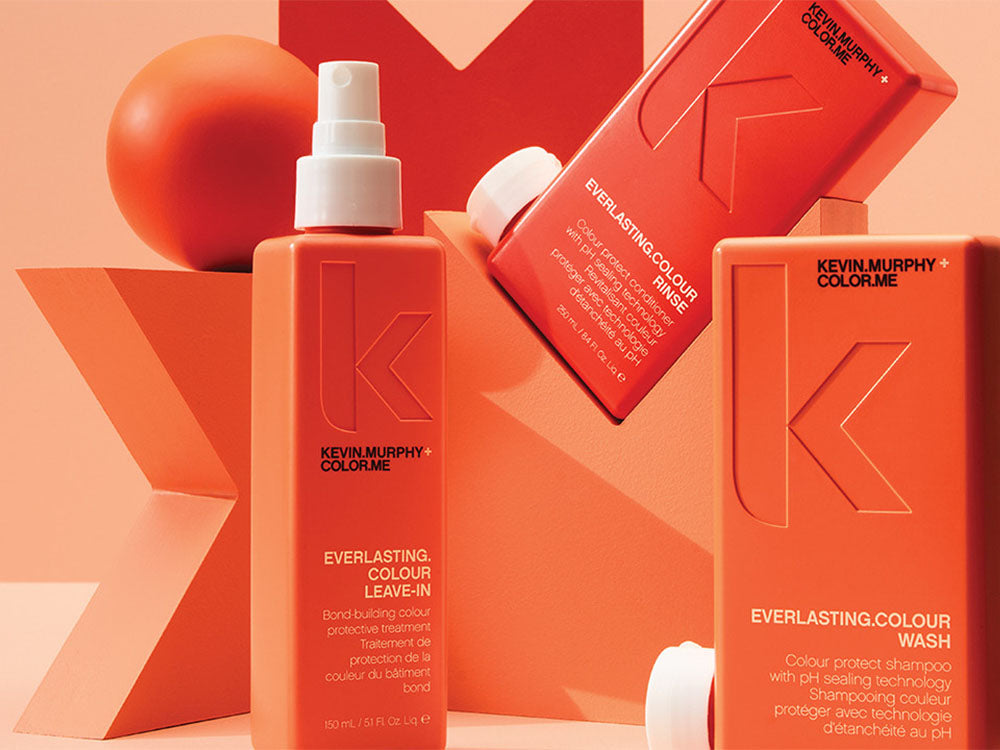Is Your Hair as Healthy as It Could Be?
Believe it or not, it can sometimes be tricky to determine whether your hair is truly healthy, especially when it comes to spotting new growth. Is it a fresh strand, or could it be breakage? Identifying healthy hair isn’t always as straightforward as it seems!
So, what are the key signs of unhealthy hair? Recognizing these early can make all the difference in taking action to restore and improve your hair’s vitality before things get worse.
How Healthy Is Your Hair?
Maria Sotiriou, Silke London's founder and an expert stylist with over 37 years of experience, shares her insights:
“Unhealthy hair usually falls into one or both of these categories: it’s either dehydrated or lacking protein.
Dehydrated hair is hair that doesn’t have enough moisture. It often feels dry, brittle, and rigid, with little flexibility or movement when styled. When hair is dry or dehydrated, it becomes prone to breakage, which can result in unwanted snapping and tangling of your lengths.
Protein loss, on the other hand, is when the bonds in your hair are weakened or broken. This can make your hair feel limp and reduce its elasticity. We often talk about elasticity in the context of bleaching and colouring, but any hair type or texture can experience this issue. You’ll notice it most in wavy or curly hair, where a lack of protein means the texture won’t spring back into shape as it should.”
If you suspect your hair might be lacking elasticity, Maria suggests doing a simple elasticity test at home.
Here’s how:
- Start with wet hair and select a strand to test.
- Hold the strand towards the end of your lengths to avoid putting tension on the root.
- Gently stretch the hair with your other hand.
If the hair bounces back to its original shape, it has good elasticity. If it doesn’t return or snaps, it may be time to address poor elasticity.

Improving Your Hair Health
If you’ve noticed poor elasticity or dryness in your hair, don’t worry—there’s plenty you can do to turn things around. Maria Sotiriou, Silke London’s founder and hair expert, shares her approach to kickstarting a healthy hair journey:
“The first step is to introduce hydrating products into your haircare routine. Choose products designed to nourish and moisturize at every step, from shampoo and conditioner to hair masks and leave-in treatments. This is especially important for dry hair. While professional salon-quality products can be more expensive, they’re worth the investment—their superior ingredients and formulations make them much more effective in restoring hair health.”
Maria also advocates for incorporating natural, single-ingredient treatments into your routine:
“I’m a big fan of natural oil treatments as part of pre-wash care. Oils fortify the hair, promote flexibility, and tackle dryness and poor elasticity. My go-to oils are avocado, argan, or coconut.
On hair wash days, I generously apply my chosen oil to both the scalp and hair, taking time to massage the scalp to stimulate blood flow and the hair cuticles. I’ll leave it in for a few hours, or even all day. Bonus points if you wear it to the gym—the natural heat generated by your scalp will help the oil penetrate even deeper! If that’s not an option, you can warm the oil beforehand using a blow dryer for similar results.
One thing to remember: after an oil treatment, always double-shampoo your hair, just like double-cleansing your skin. This step is vital to fully remove oil residue and leave your hair clean and refreshed.”
Maria emphasizes the importance of restraint when it comes to styling products during the healing process:
“It can be tempting to load your hair with hydrating oils and products after washing, but less is more. Stick to a lightweight heat protector and an oil serum on the very ends if they feel dry. Overloading your hair with heavy products can weigh it down, which isn’t helpful during the recovery stage. Keeping things simple ensures your hair retains its flexibility as it heals.”
Don’t Skip Those Trims!
Another crucial step for improving hair health is regular trims every 8–10 weeks.
“We’ve all been there—trying to grow out our hair and holding on to every strand by avoiding trims. But removing those dead or dry ends promotes healthier hair and supports growth. If you let split ends linger, they’ll continue splitting up the shaft, leading to more damage. This means you’ll ultimately need to cut off more hair than you would have if you’d kept up with timely trims.”
Maria also stresses the value of finding a hairstylist who truly understands your hair’s unique texture and your goals:
“A good stylist will listen to what you’re trying to achieve and work with you to make it happen. With the right communication and understanding, there’s no reason to leave the salon feeling unhappy about the amount of hair that’s been trimmed. Trims are part of the process, not the enemy!”
